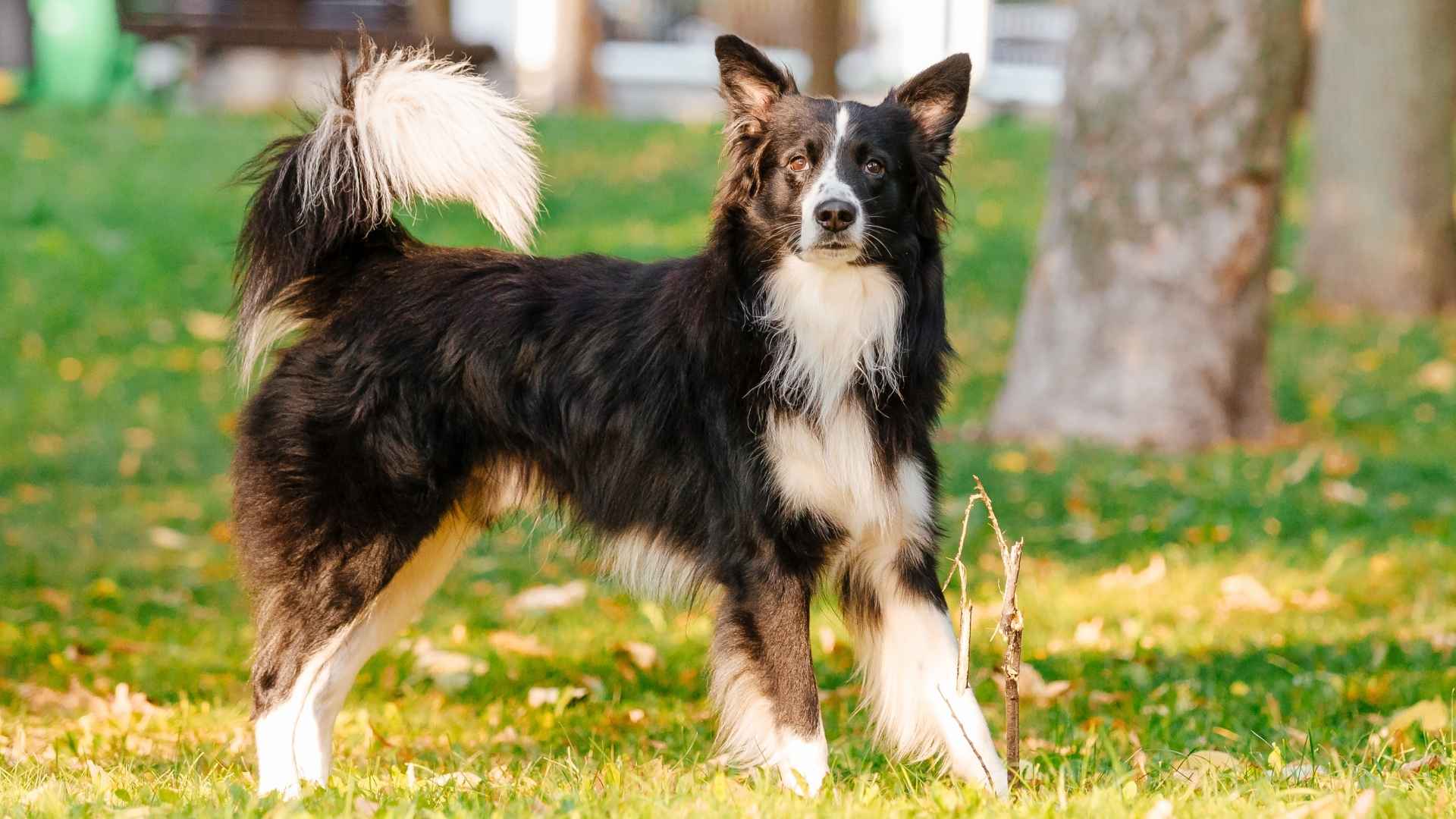Did you know some dog breeds were built to be unpredictable? One even made headlines for being banned in multiple countries. Yep, not every wagging tail means “best friend forever.”
If you’ve ever been barked at by a stranger’s dog for just existing, you’re not alone. Temperament issues are more common than you’d think—and not always the owner’s fault.
Genetics, training, and early socialization play a huge role. Even the most loyal companion can turn reactive without the right environment. That’s why understanding these breeds is so important.
Whether you’re a seasoned dog lover or a curious first-timer, knowing what to expect can save you from a lot of chewed shoes—and maybe worse. It’s not just about aggression; it’s about energy, instincts, and behavior patterns.
Ready to meet the wild cards of the dog world? These breeds aren’t bad—they’re just misunderstood. Let’s dig into what makes them tick.
7 Unstable Temperament Dog Breeds
1. Presa Canario
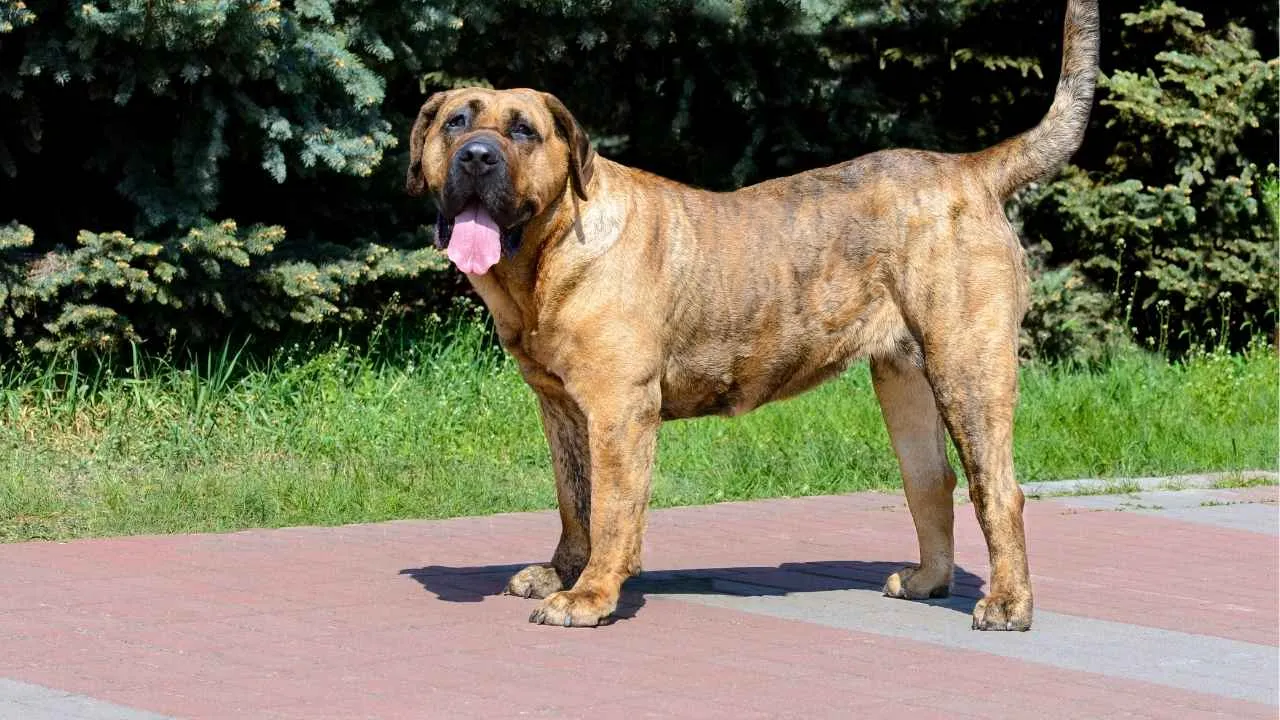
The Presa Canario is no lap dog—it’s a muscular, confident working breed with roots tracing back to the Canary Islands. Originally bred to herd livestock and guard property, this dog has a long history of selective breeding for strength and alertness.
AKC explains that their protective instincts are no joke. If not trained from a young age, they can become overly suspicious of strangers and other animals. Without proper mental and physical stimulation, their pent-up energy may manifest in unwanted behaviors.

This breed thrives on structure and consistent leadership. A novice pet owner? You’ll want to pass. These strong-willed dogs need someone who’s not afraid to be the boss—firm, fair, and always consistent.
Presa Canarios are known for their powerful bite force and intimidating presence. While not inherently “bad dogs,” their behavioral traits require responsible ownership. Their loyalty can quickly become aggression if they feel threatened.
As guard dogs, they’re top-tier, formidable deterrents with an intense bond to their humans. But that loyalty doesn’t extend to other dogs or other pets, unless extensively socialized.
Maintenance-wise, they’re low-effort: short coat, occasional baths, and routine vet checks. But emotionally? They’re high-stakes companions—handle them with care.
2. Tosa Inu
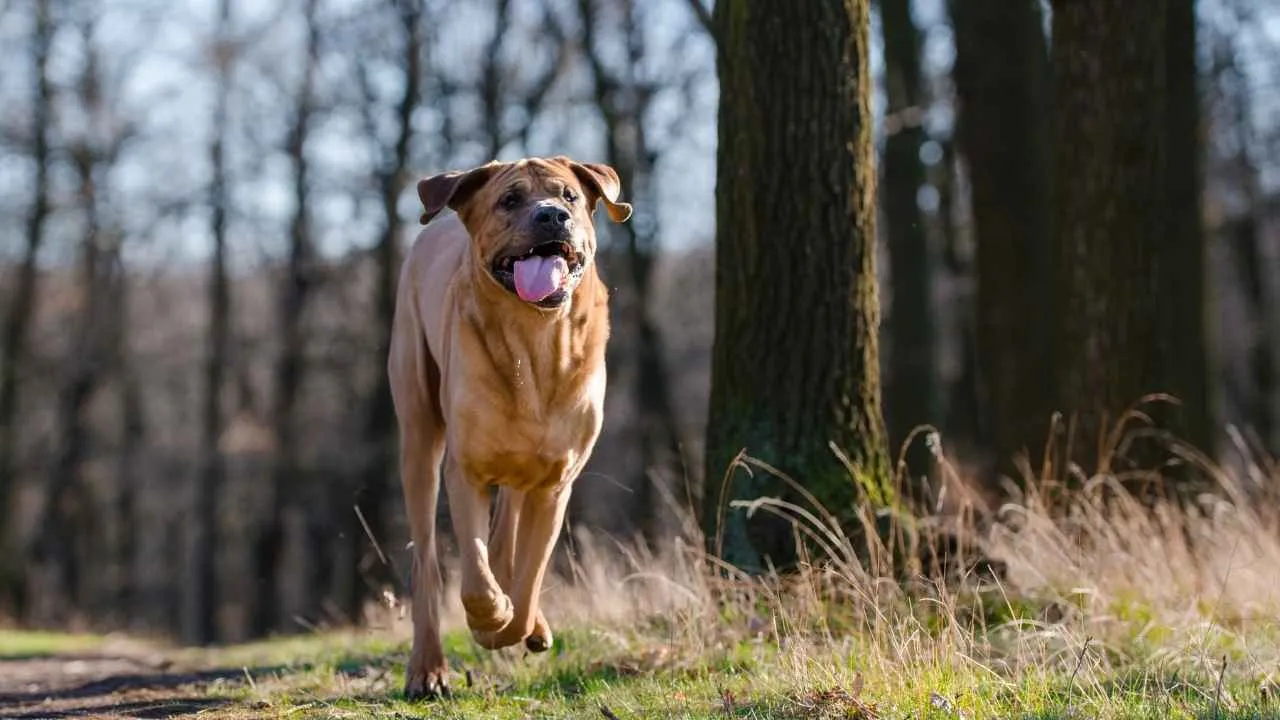
The Tosa Inu is a rare breed with a heavyweight legacy. Originally bred in Japan as a fighting dog, it combines the stoicism of a samurai with the strength of a tank. Not your average cuddle buddy.
This breed is calm, dignified, and shockingly quiet—until it isn’t. Though often reserved, the Tosa can become explosive when other dogs or unfamiliar situations enter the mix. Early socialization is non-negotiable.
Their protective instincts are strong, and their sheer size makes them intimidating. Larger dogs like the Tosa demand confident leadership and firm boundaries. This isn’t a pet for the casual weekend walker.
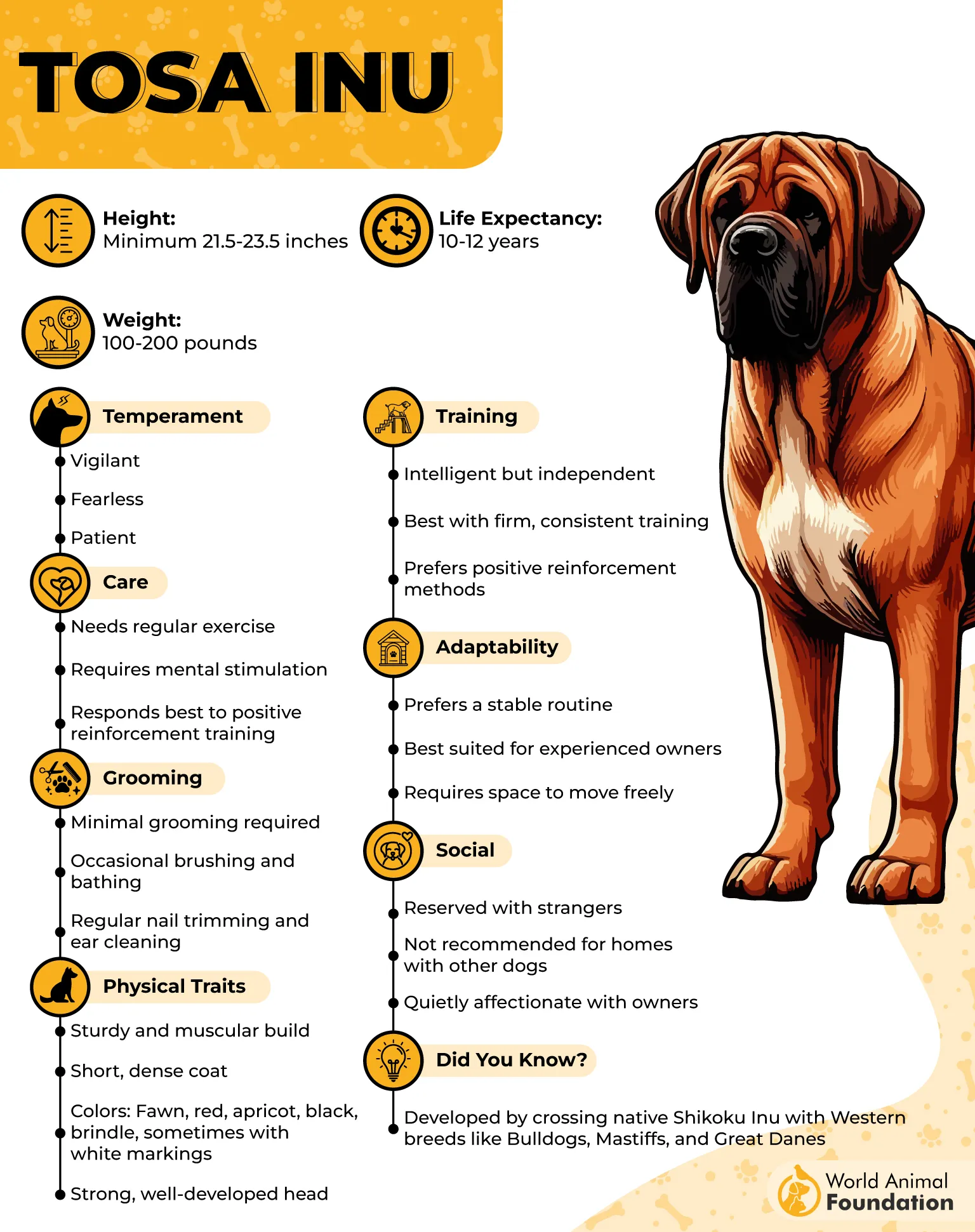
Training is possible, but not effortless. They’re intelligent, yet independent, and may question your authority unless you’ve earned it. Treats help. So does patience.
Exercise needs are moderate, but mental stimulation is key. A bored Tosa is a problem waiting to happen—and probably a couch waiting to be shredded.
Grooming is low-maintenance thanks to their short coat, but their emotional upkeep? That’s advanced-level ownership.
In the right hands, they’re composed and loyal. In the wrong ones? A serious risk with potential for dangerous outcomes.
3. XL Bully
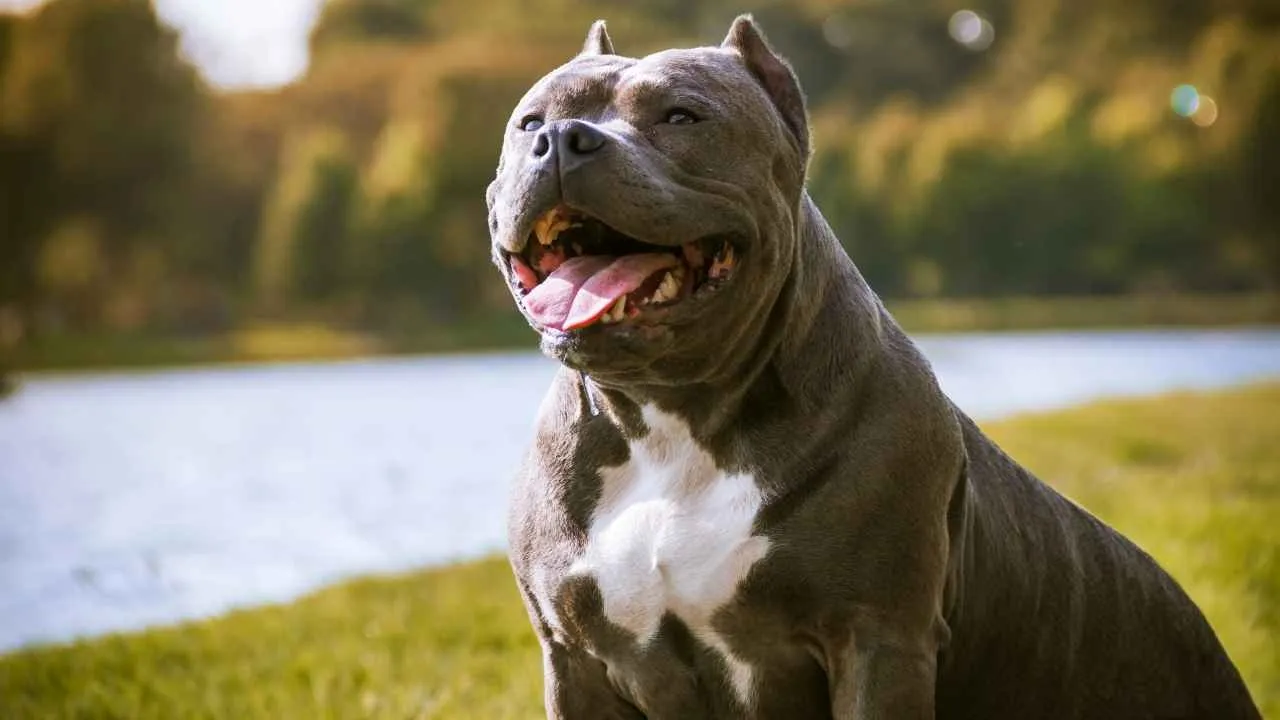
The XL Bully may look like a snuggly tank, but don’t let appearances fool you—this selectively bred powerhouse is at the center of a heated debate. They’re muscular, energetic, and often misunderstood.
Born from a mix of fighting dogs and companion breeds, the XL Bully can swing between goofy affection and sudden reactivity. Their behavior depends heavily on breeding, training, and early socialization.
This breed needs structure like fish need water. Without strong, consistent guidance, their protective nature and strength can turn volatile. Combine that with a lack of social boundaries, and dog bites become a real risk.
Despite their bad reputation, many XL Bullies are sweet with family and even children, but only under the right conditions. The problem? Not every pet owner provides those conditions.
BBC reports that mental and physical stimulation is critical. Without it, their pent-up energy can lead to destructive behaviors or, worse, aggression toward other animals.
Low-maintenance grooming doesn’t offset the high-maintenance temperament. These dangerous dog breeds require hands-on, informed ownership.
Handled properly, they’re loyal and loving. Handled poorly? They can end up on the headlines.
4. American Pit Bull Terrier

The American Pit Bull Terrier is one of the most misunderstood dogs in history. With a long history of use as fighting dogs, their strength and tenacity have led to both adoration and controversy.
They’re energetic, eager, and highly trainable—but also incredibly strong-willed. If not trained early and consistently, their enthusiasm can become impulsiveness, especially around other pets and other dogs.
Despite their reputation, they often have a friendly demeanor with humans. Many are excellent with family members, including children, when raised in a loving, structured home.
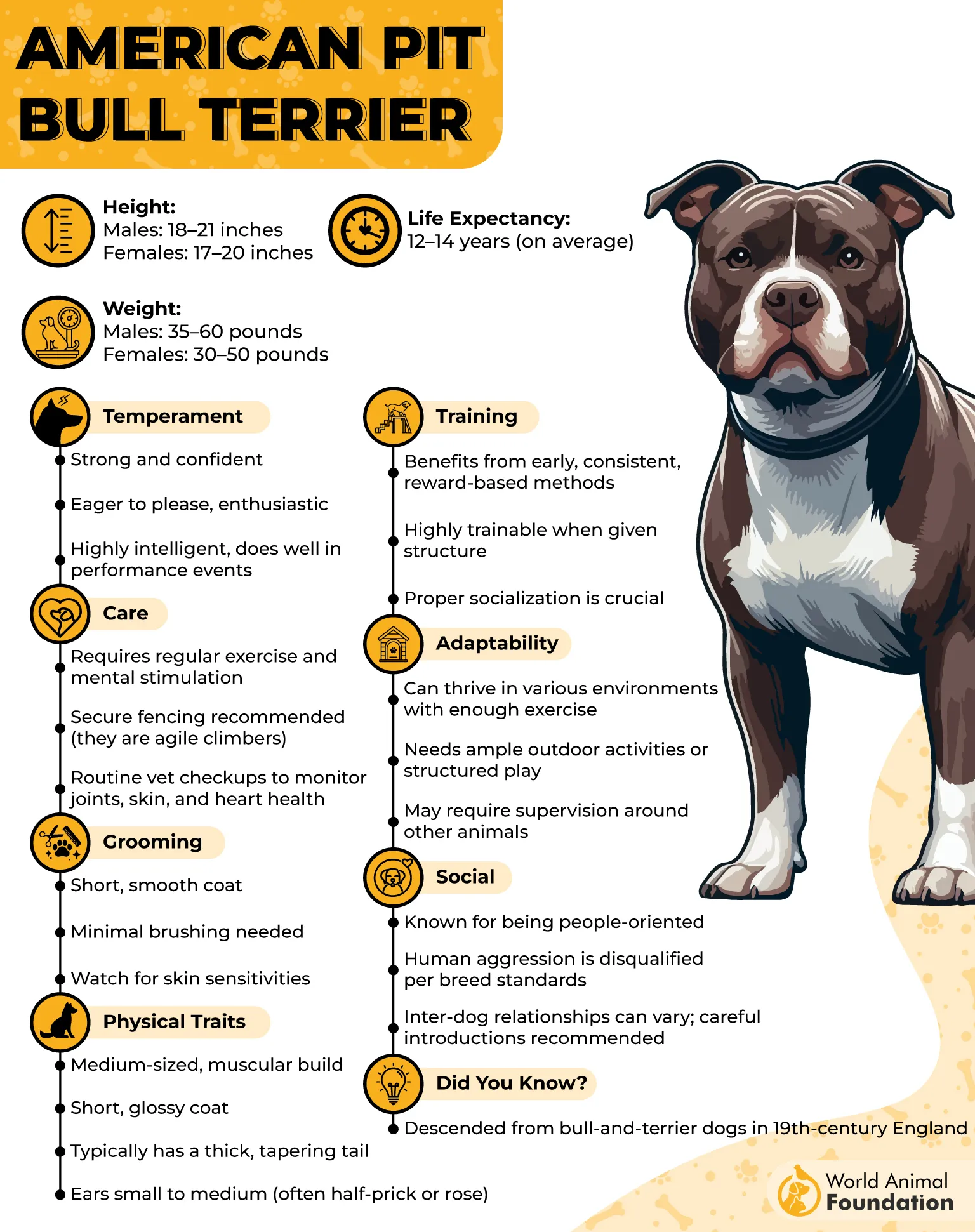
Still, their strong prey drive and reactivity mean they’re not ideal for every owner. Socialization at a young age and clear boundaries are essential to curb unwanted behaviors.
Their short coat makes grooming a breeze, but their mental and emotional needs run deep. These dogs need constant mental stimulation to stay balanced.
Inexperienced owners may struggle with this breed’s energy and strength. But those who understand them? They’ll find a fiercely loyal friend.
Just don’t underestimate them—respect, not pity, is key.
5. Akita
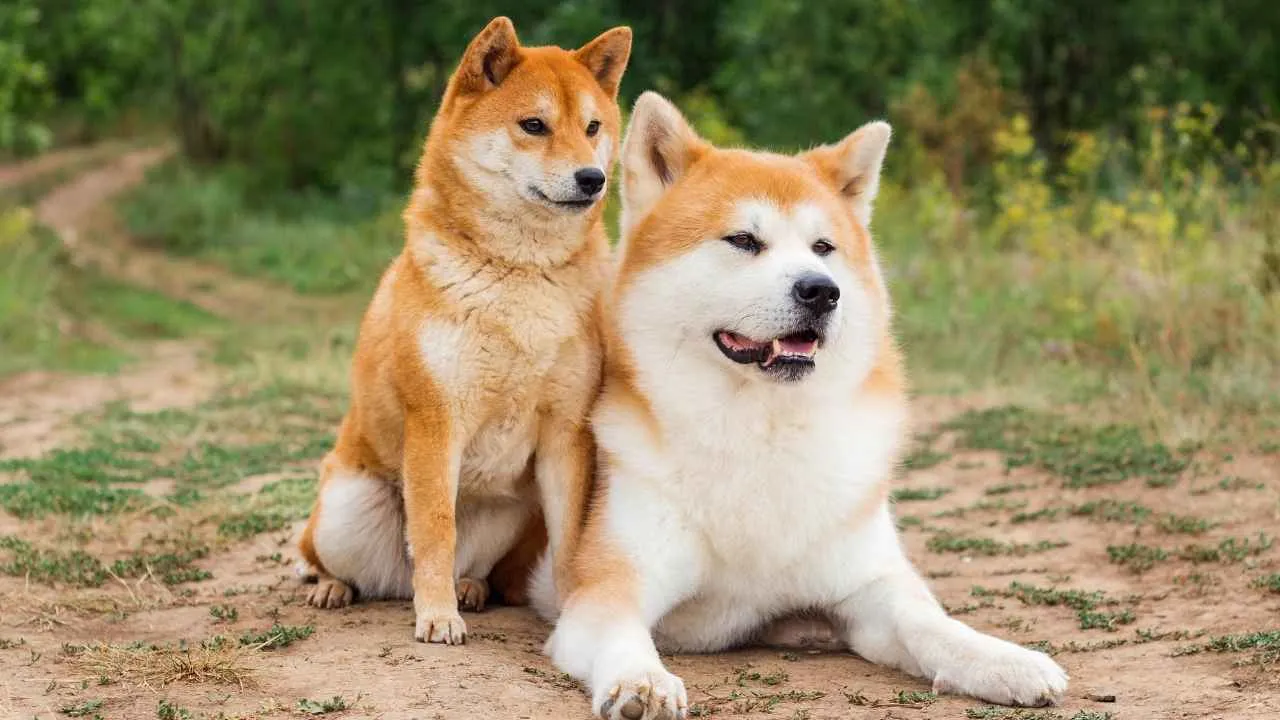
The Akita is a regal, powerful breed with a rich legacy in Japan. Originally bred for guarding royalty and hunting large game, this independent thinker doesn’t always play by the rules, especially if the rules are yours.
Akitas have a serious streak. They’re quiet, dignified, and prefer their space, often forming strong bonds with a single person. But don’t mistake silence for softness; their protective nature kicks in hard when they feel threatened.
This breed isn’t a fan of other dogs, especially those of the same sex. Early, firm training and mental stimulation are essential to keep this larger dog balanced. Without it, expect stubborn behavior—or worse, dog bites.
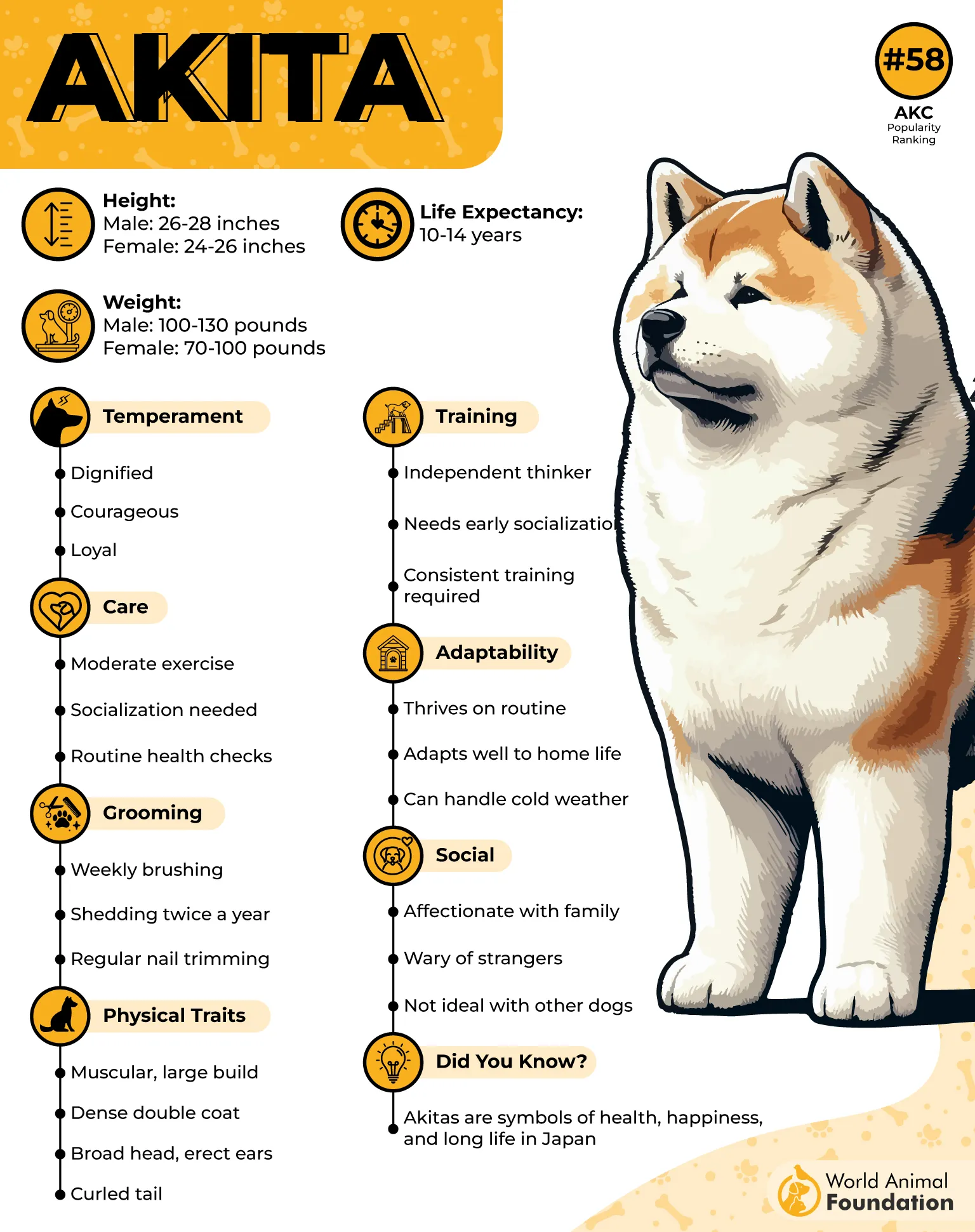
PDSA warns that training an Akita is no walk in the park. They’re intelligent dogs, but not always eager to please. Consistency and respect go a long way, while yelling earns you a cold shoulder.
Exercise-wise, they’re not hyperactive but need regular physical stimulation. Long walks and focused play help curb their natural hunting dog instincts.
Grooming is serious business—thick double coats shed heavily. Brush often unless you like wearing fur as a fashion statement.
In the right hands, Akitas are loyal and majestic. In the wrong ones? Unpredictable and intense.
6. Chow Chow
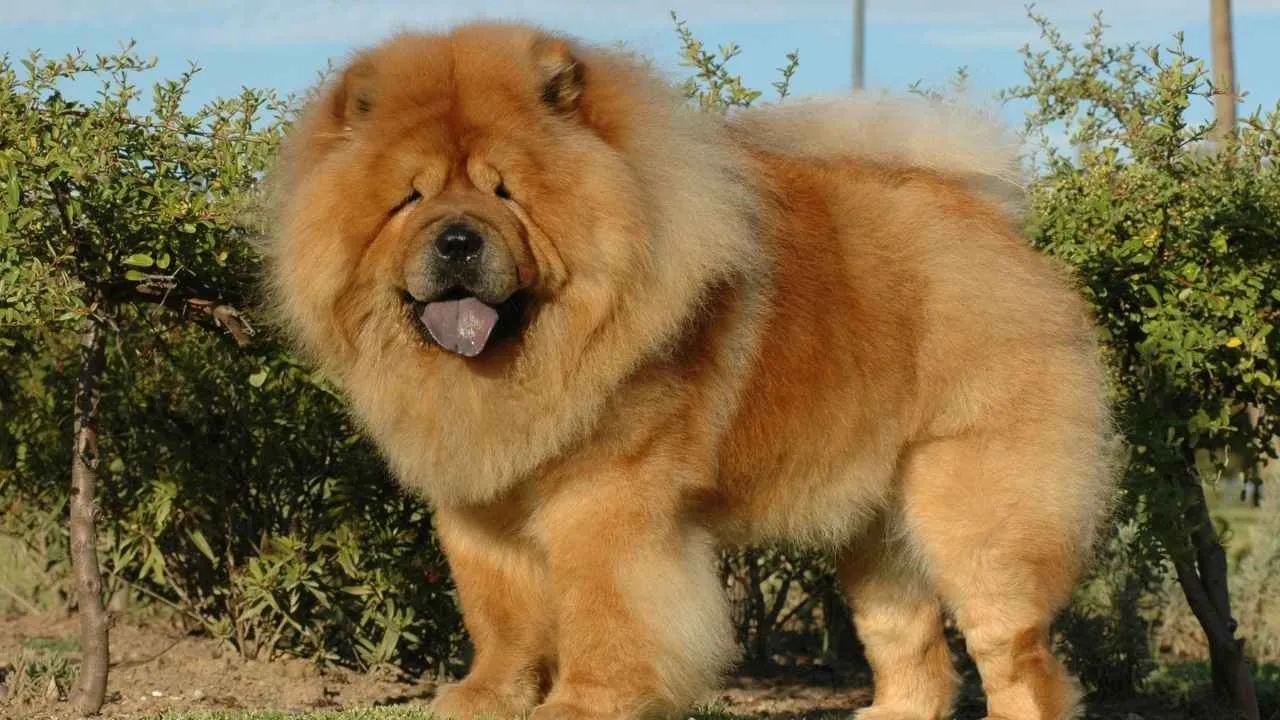
With their lion-like mane and proud strut, Chow Chows look more like mythical beasts than pets. But behind that teddy bear face is a serious temperament that often surprises even seasoned owners.
These dogs are the definition of “selective.” They don’t give affection freely and often treat family members like staff. Socialization from a young age is crucial—without it, their aggressive side can surface quickly.
Chows were originally bred in China for hunting and guarding, so their protective instincts run deep. They’re also not great with other pets or small children, especially if poorly trained or handled.
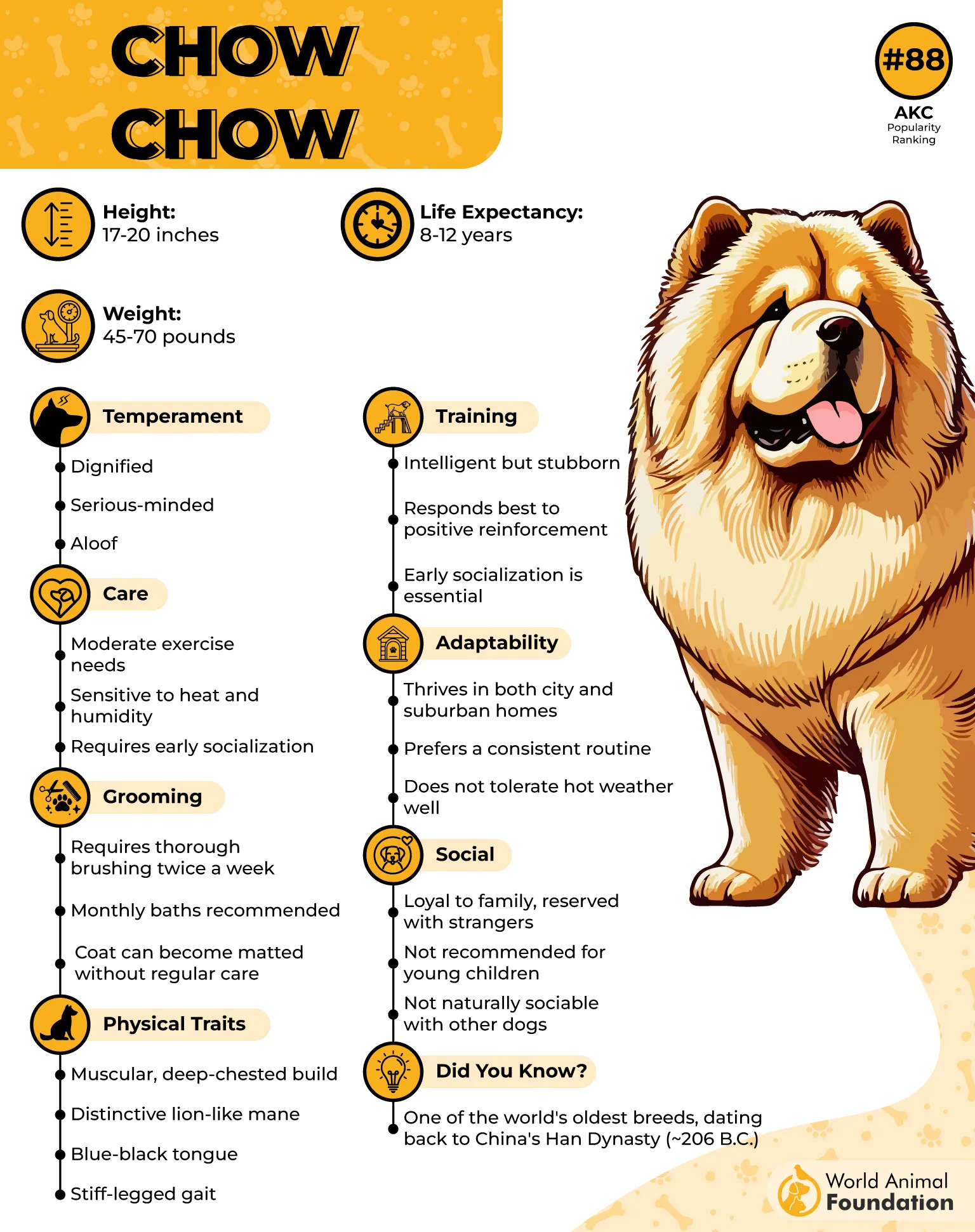
They’re smart, yes—but not eager to impress. Highly trainable? Not quite. Their aloof nature means you’ll need to get creative with training techniques and establish respect early on.
They have a dense coat that requires regular grooming to prevent matting. Plus, they’re sensitive to heat, so avoid long outdoor sessions in warmer months.
With the right training and space to thrive, Chow Chows can be loyal companions. Just don’t expect cuddles—they prefer admiration from a respectful distance.
7. Doberman Pinscher
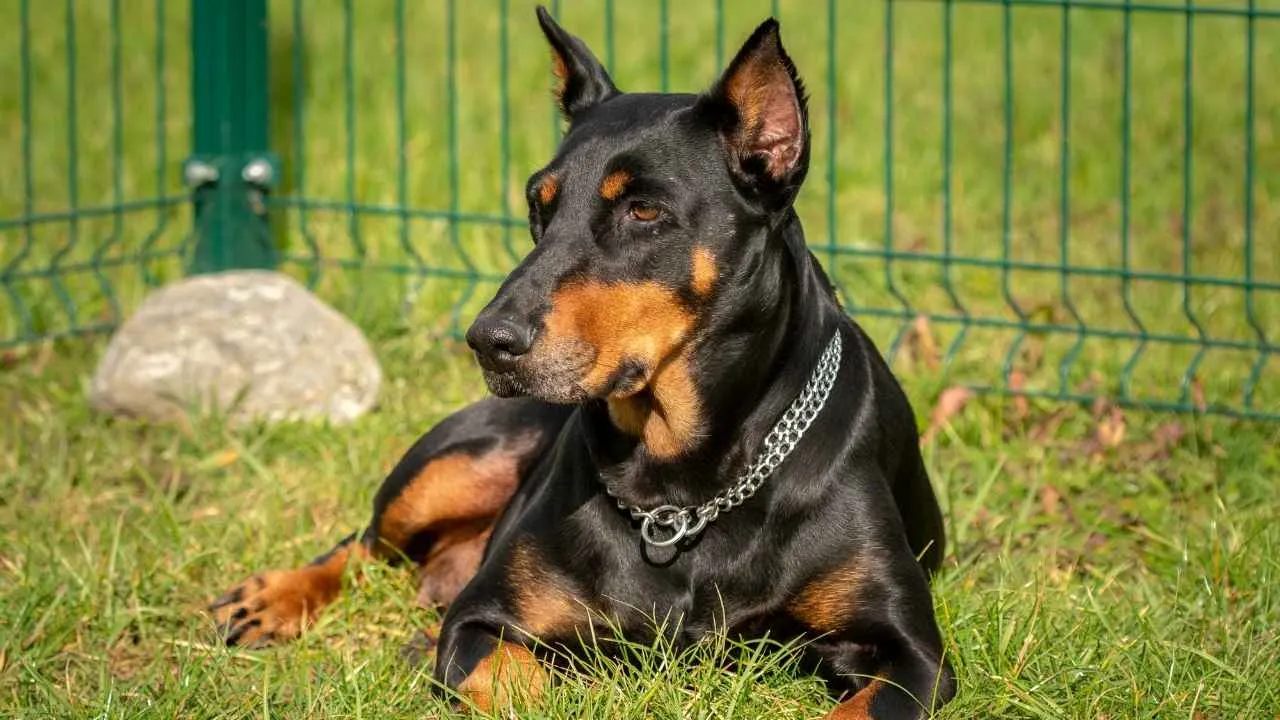
Sleek, smart, and seriously fast—Dobermans look like they came out of a superhero movie. Originally bred for personal protection, they’ve become iconic guard dogs with both brains and brawn.
These aggressive dogs are fearless and fiercely loyal. Their protective nature makes them excellent watchdogs, but they can easily become overprotective without proper training and early socialization.
Purina notes that Dobermans are among the most intelligent dogs, capable of learning complex commands with ease. However, their high intelligence can lead to boredom, and boredom in Dobermans often leads to destructive behaviors.

They need plenty of mental and physical stimulation to thrive. Think advanced obedience training, agility exercises, or puzzle toys that challenge both mind and muscle.
Despite their bad reputation in some circles, Dobermans can be loving, devoted companions. But don’t be fooled—if poorly managed, their strong prey drive and behavioral traits can be risky.
Regular grooming is easy thanks to their short coat, but they’re sensitive to cold. They’re not the dog for everyone, but in the right home, they shine.
Final Verdict
Let’s face it—some dogs come with more drama than a reality TV reunion. From strong jaws to herding instincts, the breeds included here aren’t for the faint of heart—or first-time owners.
But remember, even the most dangerous dog breeds can have a softer side with the right training, socialization, and a responsible handler. It’s not always about the breed—it’s about the match.
Yes, dog bite statistics often point to certain breeds, but let’s not forget that even small-sized dogs like Jack Russell Terriers can be surprisingly feisty. Meanwhile, golden retrievers and labrador retrievers usually get a pass—but ever met one with a tennis ball obsession?
Breeds like German Shepherds, Alaskan Malamutes, and Siberian Huskies also land on “watch lists” due to their intense working dog drive and potential for fatal attacks if mishandled.
Whether you prefer herding dogs like the Border Collie or a powerhouse like the American Bulldog, every dog deserves a chance to live its best life as a loyal human companion.
Do you have a story about your misunderstood pup? Share it in the comments, and let’s swap some tail-wagging truths. 🐾


